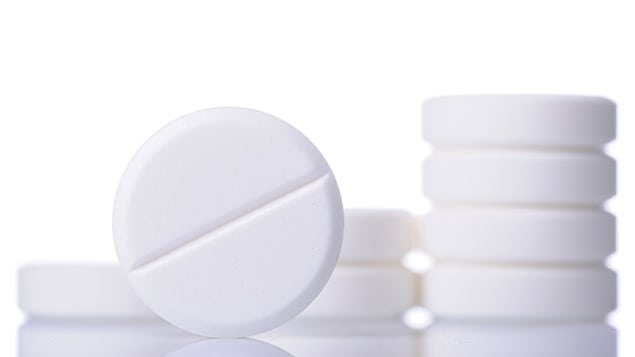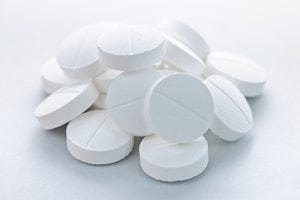
Find out how opiate rapid detox could benefit you.
Rapid opiate detox is a relatively new method of treating opiate addiction. Because it can be accomplished quickly and privately, opiate rapid detox is an attractive option for people who want to avoid the fallout of having their drug dependence publicly known. Those who may seek confidential detox include:
- Prominent members of the community
- Entertainers that are closely tracked by the media
- Politicians
CONTACT US TODAY
An opiate dependence can be insidious. Opiates are commonly prescribed for post-surgical pain or severe pain from an injury. By the time the pain has dissipated, the patient may already be in the grip of drug dependence. Users may fail to wean themselves off the drug on their own but fear that checking into a traditional rehab facility may bring unwanted attention.
Opiate rapid detox is not covered by most health insurance plans, and it is often more costly than traditional rehab. However, for those who can manage the cost, it is a safe, effective and quick option.
What Is Opiate Rapid Detox?
Rapid detox is a method that is designed to rid the patient’s body of physical drug dependency without any conscious awareness of withdrawal symptoms. The detox takes place in a surgical center and the patient is in and out in just a few days.
The actual detoxification takes place while the patient is under sedation. Older procedures placed the patient under general anesthesia for hours, but the methods have been refined so that the patient no longer has to assume the risks that follow from this depth of anesthesia.
Before the detox phase, the person first checks into the surgical center for a general health workup. Each person is cared for in a private room. The medical staff conducts tests to check the person’s heart, kidney and liver function. They will take a chest X-ray, do a complete blood panel and note whether the person is diabetic, overweight or a smoker. During this phase, the patient is given medications to prevent the onset of withdrawal symptoms.
This medical evaluation will help the staff as they prepare an individualized protocol for each patient. Once this is complete, the person is ready for the actual detoxification, which takes place in the surgical operating room.

After being under sedation from 30 to 90 minutes, the patient awakens with no cravings for the drug and only minor discomfort due to the physical aftereffects of the procedure. Patients are closely monitored for the next several hours after regaining consciousness to ensure they have no adverse reactions.
When patients have fully recovered from the sedation, they return to their rooms. Fluids and electrolytes are usually administered to combat the dehydration that often results from detox. During this phase of treatment, the object is to make sure the patient is stable enough to require no more medical care. Once this goal has been met, the patient is released into the recovery phase.
The time spent in the final recovery phase of treatment will vary for each individual, but it is only a matter of a few days. The staff’s goal is to support each person as he or she regains a regular sleep cycle, demonstrates the ability to regulate body temperature, becomes fully hydrated and regains a stable emotional footing. At this point, the person is released to return to his or her daily life.
Is Opiate Rapid Detox Safe?
The rapid detox method has protocols in place expressly to protect the health and safety of each patient. These protocols include:
– Surgical center stay. The detox takes place under the care of medical professionals. The complete medical history that is taken and the development of an individual treatment plan for each person guarantees that any preexisting conditions will be monitored during the detoxification.

– Aftercare. Patients are not released until their bodies have regained a stable state of health. They stay in the hospital for at least a day after the detox, then move into recovery where they continue to be monitored by a professional staff until they have fully recovered.
Is Privacy Protected?
The confidentiality of rapid detox centers is one of their most attractive attributes. Patients occupy private rooms throughout their stay and are treated by professionals who respect the sensitive nature of the detox experience.
Along with privacy comes an individualized approach to detox. Patients are not all run through exactly the same protocol, but are treated as individuals with unique health issues and unique needs in aftercare. This protects each patient’s health during detox and recovery and supports a successful outcome.
The Bottom Line
Since rapid detox was first introduced in 1988 by Dr. Norbert Loimer, it has been refined into the treatment of choice for patients who need a quick, private solution to their drug dependence.
Opiate rapid detox can rid the body of a dependence on opiates such as oxycodone and heroin while bypassing the suffering of hours of painful and debilitating withdrawal. The combination of sedation and naloxone allows the body to rid itself of the opiates within 90 minutes. A few more days of light medical support is all that is needed to complete the recovery process.
Freedom from physical cravings for opiates is accomplished with minimum time away from one’s life and the confidence that one’s treatment will remain confidential.


